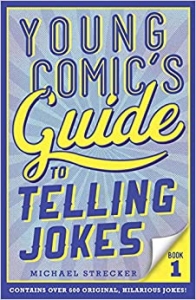Yips and She-Cessioning for Blog Content Writers
One would be hard-pressed to view the Coronavirus as a positive development, but in one way, the pandemic has added a lot to our lives – via the dictionary. The new term “doomscrolling”, for example, refers to the practice of obsessively checking online news for updates. Just the other day, in Employee Benefit News magazine, I was fascinated a headline using the coined phrase term “she-cession”, alluding to the fact that, during the pandemic, nearly three million American women exited the workforce, accounting for more than half the overall job loss in the country.
According to Merriam-Webster, the term “yips” was referenced by many journalists to describe a state of nervous tension affecting an athlete during the no-spectator Olympics. In fact, the Coronavirus has led to an explosion of new words and phrases, and new vocabulary helps us cope, the conversation.com comments. WFH (working from home) is disorienting (isn’t today “blursday”?).
Since for us blog content writers, words are our tools, we want to use words that capture attention, and often coined phrases do the trick nicely. One reason for this is that people are always look for new things, Neil Patel explains – new software, new techniques, new ways to make and save money. New phraseology commands attention.
Writeonline.io actually compiled a list of “grease-slide phrases” that help create smooth transitions between sentences and between paragraphs. One type of grease-slide is a conjunct. “Similarly”, “first off”, “for starters”, “to top it all off”, and “needless to say” are all grease slide conjuncts that keep the momentum going. “Here’s the scary part” and “It all boils down to this” are phrases that lead to the conclusion…
Prior to the pandemic, word combinations such as “contact tracing” and “essential businesses” weren’t part of our vocabulary, Miami University points out. “Bellyfeel” (blind, enthusiastic acceptance of an idea) and the verb “blackwhite” (accepting what one is told) are both part of “Newspeak” vocabulary, deliberately ambiguous and contradictory language.
While, at Say It For You, we use words to clarify and edify, never to confuse or mislead, we know that the ways in which people express themselves is constantly changing. When a newly minted expression captures a mood or a concept, using that phrase to make readers overcome their “yips” and take notice of your content – all I have to say is “Yippee”!






Follow us online!